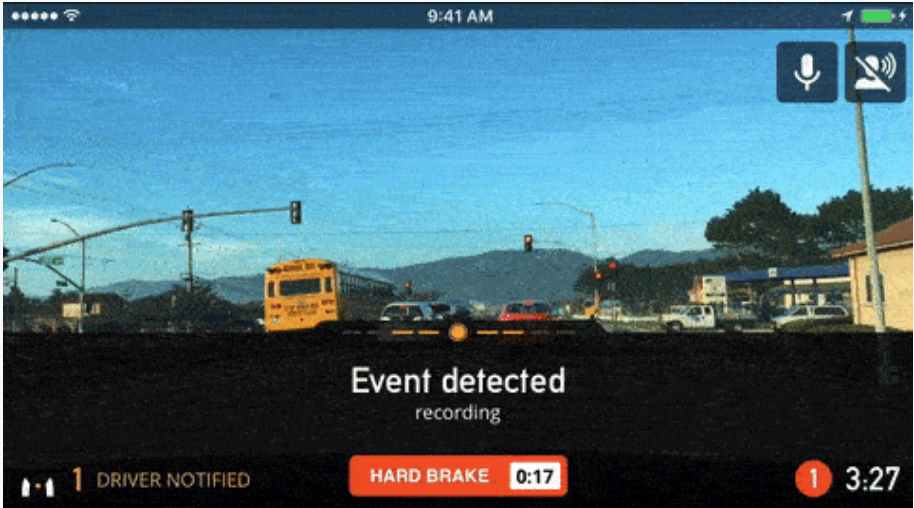Nexar Launches Machine-Vision Based Insurance Telematics Solution
Nexar, a leader in vehicle-to-vehicle networking for preventing road collisions and enabling autonomous mobility, has announced its vision-based Telematics solution which will leverage smartphone and cameras in automobiles to decrease accidents, better price auto insurance risk, and deter fraud.
Here’s why it’s so important: Insurance companies today are searching for an affordable and connected telematics solution – one that goes beyond the more traditional telematics approach – to complete their digital insurance strategy for both personal and commercial lines. Using smartphone technology, the Nexar application produces car maneuver information and uses computer-vision algorithms and deep learning to complement each event with context of the driving scene.
“When it concerns auto insurance pricing and underwriting, On-board Diagnostics (OBD) telematics, provides a very narrow perspective of driving. We believe that vision-based scores provide the next level of depth to telematics,” said Eran Shir, Nexar’s Founder and CEO. “Our initial work with insurers points to a dramatic improvement in loss cost modeling as well as in prevention of fraud and streamlining of the claims process.”
Vision-based telematics can provide data to unlock additional driver behavior insights. One example is tracking a driver’s ‘headway distance keeping’, which is a clear indicator of collision probability. Some drivers frequently tailgate other automobiles, which ultimately reduces reaction time should the car in front of them maneuver abruptly. The vision telematics solution scores ‘headway distance keeping’ in different driving scenarios. Another example is tracking the relative velocity of the user’s vehicle compared to the velocity of the vehicles near him, also known as the ‘Swarm Velocity’, where research have shown that a large difference could impact risk of collision.
Finally, an important benefit of this new, vision-based Telematics solution is that it does not solely rely on harsh events, but rather takes into account every second of driving, providing statistically significant results after a shorter tracking period and miles driven. As a result, the driving score can also adapt better to the effects of coaching.
Beyond telematics, the Nexar application also provides Advanced Driver Assistance Systems (ADAS) alerts to the driver to avoid collisions through machine-vision as well as vehicle-to-vehicle communication.
Category: Connected Fleet News, General Update











